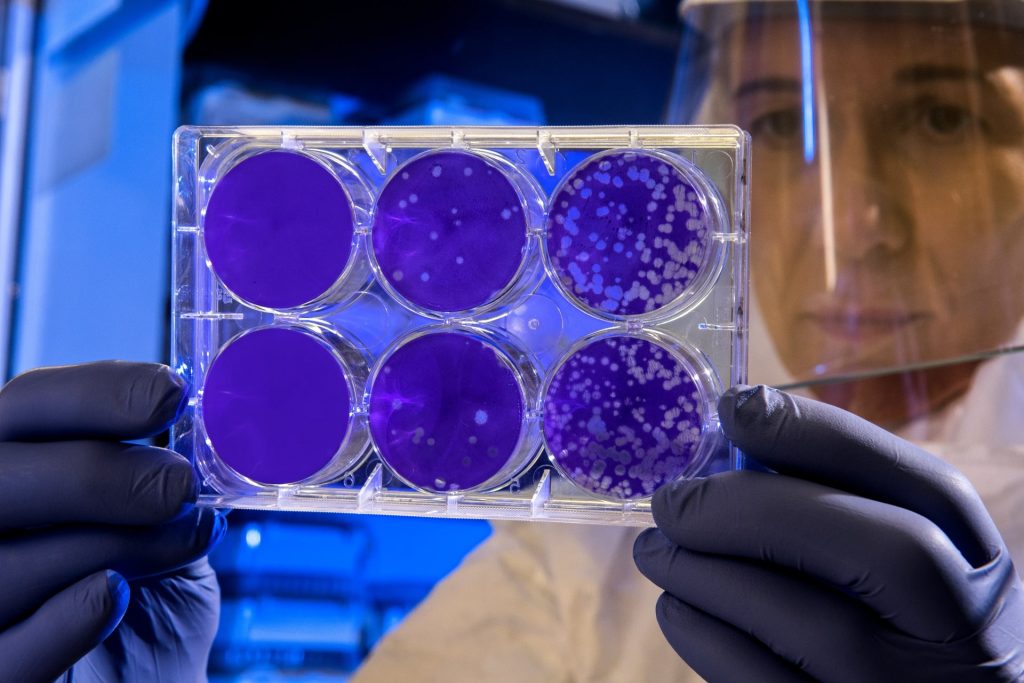
Over the years, medical research has been progressively more diverse and advanced. Numerous studies have focused on treating particular conditions, while others are trying to discover possible applications of specific concepts in medical practice.
One of the well-known areas of researches is stem cell research. For those who do not regularly come across medical-related content on the internet, stem cell research may be an unfamiliar term to most. Therefore, we will guide you through some essential facts you should know about stem cell research. Stem cell therapy is an excellent place to look for alternatives, especially for terminally ill patients or patients with hard-to-cure diseases.
Stem cell research is a relatively new field of medical research and should have the most significant room for more discovery amongst current institutional studies. Suppose you wish to know more about the commercially available stem cell therapies in various hospitals and clinics. In that case, you may dial Barry Epling, and he will provide you with the nearest stem cell therapy facility near you.
- Stem cells: the definition
The raw natural materials that the human body produces are called stem cells. These, at their creation, do not have a particular function except dividing themselves into smaller cells known as daughter cells. Stem cells can only divide when certain conditions have been met.
We can categorize the daughter cells into two groups: one, a portion of the daughter cells become stem cells themselves; second, the daughter cells will become specialized cells for particular functions (such as blood cells, organ cells, etc.) Stem cells are the only cells in the human body that can duplicate into various cell types.
- The aims of stem cell research
Stem cell research is arguably one of the most heavily invested medical research. Amid controversies, many researchers have reasonable objectives for studying stem cells. Among them are the following:
- Since stem cells duplicate into other cells that compose our body (e.g., bone cells, muscle cells, blood cells, etc.), researchers hope to use stem cells to observe how mutations and illnesses occur.
- Stem cells can be an excellent testing ground for medicine prototypes. By generating specific cells from stem cells, we can have minuscule test subjects for examining the effects of new medicines on human cells (e.g., developing brain cells to test neural treatment, cardiac cells for heart medicine, etc.)
- Researchers can influence stem cells to duplicate into desired specialized cells in the right conditions. These newly generated cells can replace impaired cells, such as cancer cells.
- By using the generation ability of stem cells, researchers and doctors hope to use stem cells to regenerate and repair damaged organs, tissues, and bones in people.
- Researchers believe they can guide stem cells into duplicating entire organs and supplying blood. There is a possibility of recreating a kidney or heart for transplant or regenerating damaged ones.
The earliest medical journals and scholarly articles on stem cell research were published in October 2007. With a rough approximate of 14 years of research, there are still limitless possibilities that stem cells can provide in medicine. If you wish to patronize stem cell therapy, Barry Epling can provide you with the services available for you. Contact the right places and get started with stem cell therapy.